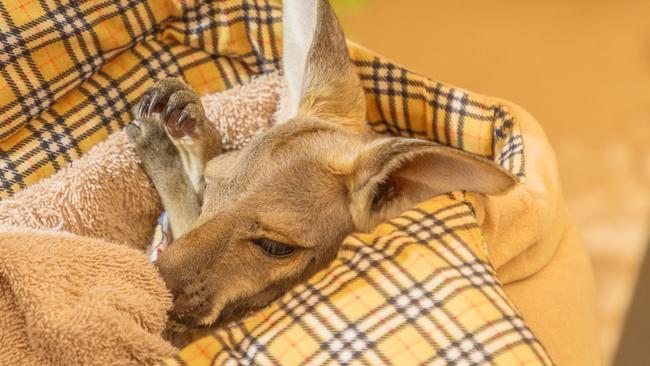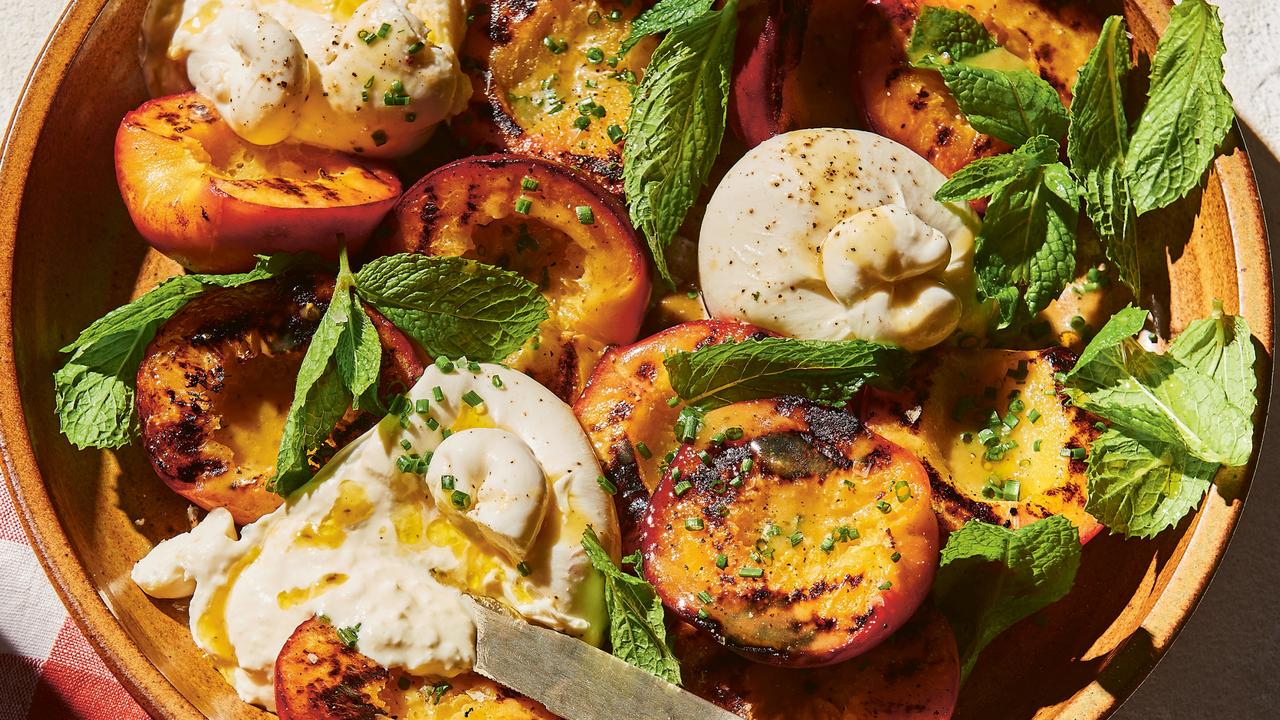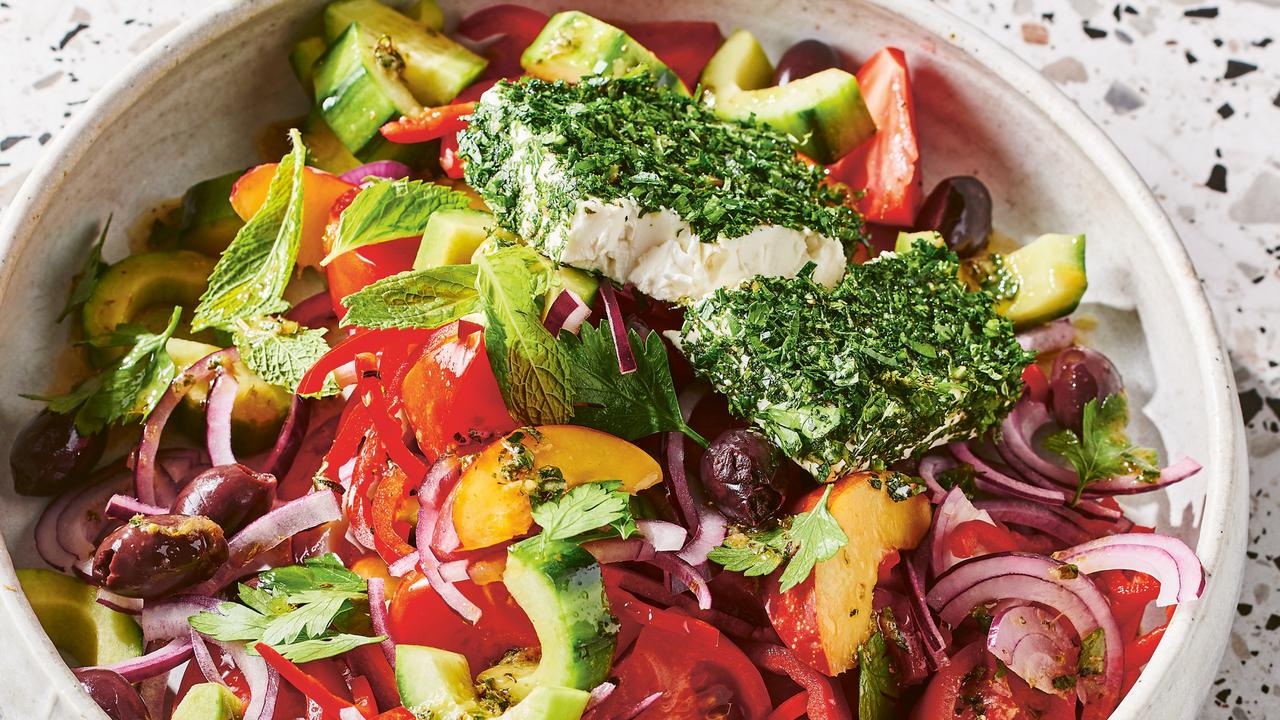My rescued joey became a minor celebrity
When I found a very young female joey chittering and shivering beside her dead mum, I took her back to the homestead. She recovered – and became a familiar sight.

Consider, fellow patriots, the kangaroo: the large animal on the left on our coats of arms, opposite the giant chook. Kangaroos and their cousins (wallabies, wallaroos, pademelons etc) belong to a family known as macropods, meaning “big foot”. Not to be confused with Bigfoot, the elusive and perhaps mythical beast that hides in the forests of North America.
It’s thought there are more than 40 million kangaroos in Australia, and there are times when most of them seem to live on Elmswood Farm in the Upper Hunter. Droughts take a terrible toll on their numbers – lack of water, lack of feed – but during boom times for boomers it’s a sad necessity to cull them.
On one such occasion I found a very young female joey chittering and shivering beside her dead mum and, managing to catch her, took her back to the homestead. After advice from the local vet I began to give her two-hourly bottle-feeds. I used an old black skivvy to make a pouch, dangling from the door handle of the laundry, in which she spent the nights. But in waking hours she followed me everywhere. And I mean everywhere.
She would, for example, hop into the shower with me. And she would sit beside me for our weekly 300km commute between Sydney and the bush. Looking happily out the window.
At the time I was Chair of the Australian Film Commission and a trainee shock-jock at 2UE alongside colleagues John Laws, Alan Jones and Stan Zemanek. My joey became a familiar sight, hopping around the studios.
In my AFC role I had to welcome a cultural delegation of Chinese filmmakers who delighted in having group and solo photos taken with my pet. As did a rising-star pollie named Paul Keating. Paul was cradling the joey in his arms when she piddled all over him, causing some damage to his Zegna suit.
Back home, she continued to grow and soon was hearing the call of the wild. She’d hop off into the hills for the day, returning to home and the black skivvie around sunset. Soon her absences grew longer until one day she left permanently, rejoining her mob of Eastern Greys, one of the four species of roo and wallaby cohabiting the farm’s 10,000 acres. Never, as far as we know, to be seen again.
One night, returning at the usual 3am, I found a kangaroo in the garage. My heart leapt – but it wasn’t her. It was a badly injured old feller who’d clearly lost his last battle for supremacy. Counterintuitively, he’d braved electric fences and our dogs to seek refuge in human company. No chance he’d ever been a pet – farmers don’t attempt to tame male joeys as they can grow pretty dangerous. (We know this from personal experience, having been attacked by a six-footer – and having a beloved dog killed by another.)
At first the refugee wouldn’t let anyone near him, but over the weeks of giving him food and water, he’d permit me to approach. Then touch. Finally, he died while I cradled his head.
What became of my baby? The life expectancy of a roo in the wild is just eight years. Whereas a roo living with humans can keep hopping around for 25. So leaving home was not merely ungrateful but a bad career choice.
Vale m’dear. Come to think of it, we never gave you a name.






